Looking at the concept of "quality" from the perspective of taste and effect, it is highly subjective and so can mean something entirely different from person to person. There have been innumerable studies conducted around the issue of how to accurately determine the quality of drugs such as cannabis, and most conclude that there is no clear method for doing so, beyond the basics of the plant's quality in terms of its overall health, lack of disease, contaminants, suitability for human consumption, general aesthetic traits etc. But, these would be the same universal markers attributed to all growing vegetation suitable for human consumption, and so cannot be said to be unique to cannabis per se. Thus, the subjective measure of "quality" will be different for each person; some may attribute quality to mean a "clean" product free of chemicals, for others its potency (strength) will be the primary factor, whilst for some consumers the product's consistency, reliability and predictably of effect is paramount.
The purity of cannabis is key. No one wants to consume cannabis that contains heavy metals, unknown or potentially harmful residues, or contaminants that may have been added to improve the scent or appearance. The biggest problem for cannabis users is the residue left-over from insecticides or fungicides in cannabis. This research reported that residues were easily found in laboratory analyses. This is also a concern for cannabis users because insecticides become more toxic during consumption due to the burning process. Some cannabis users believe that high quality lies in the product’s predictability of effect. They search for hours for the genetic composition they would like to grow so they can find the cannabis seeds that are best for them. For others, having a “clean” product is less important, and instead, potency is everything. As a result, they select the best feminised seeds as they have the highest levels of THC. For some commercial growers, "quality" means being able to grow buds of "good enough" quality in huge quantities in a short period of time. Because user perceptions of "quality" vary so much, it is important to consider all the appropriate factors, starting, not least, with the selection of cannabis seeds.
How Cannabis Quality Influences Its Effect
Some cannabis growers will determine the quality of their cannabis solely on the basis of how much enjoyment it has provided them. Their optimistic assumption may be that their cannabis grew in a safe environment free of contaminants, insecticides, and mould. The problem, however, is that in an unregulated market, there is never a one hundred percent guarantee that all cannabis that has been produced has had to meet the same exacting standards. Recent research out of Scandinavia on cannabis cultivation practices, shows that concerns about possible contaminants and poor quality were the main reasons people started growing cannabis themselves.
Determining Quality Based On Price
On visiting any coffee-shop in the Netherlands, or pharmacy in the States, or a cannabis club in Spain, one will come across a variety of prices. The seller usually knows best which the optimal quality buds are. It is also likely that the buds were subjected to professional laboratory analysis and then tested in practice. Often, though not absolutely always, the more expensive buds are better. However, this does not mean that what is expensive is all guaranteed to be of high quality. Nor does it necessarily mean that a certain kind is worth the extra mark-up put on it. Often a medium or even a low priced package is also worth it, as consuming it can still be a particularly enjoyable experience.
Smell and Appearance
Some cannabis enthusiasts claim to be able to determine the potency of a bud solely by observing and smelling it. This research mapped the relationship between odour and the presumed quality of cannabis. In reality, it is actually extremely difficult to accurately prove or quantify the relationship, as it assumes some degree of guesswork. People often notice the resin coating and the rich odour, which are usually signs of proper cultivation and curing practices. However, this is not sufficient to establish potency, as varieties rich in CBD but low in THC also meet these requirements.
How Does the Harvest Affect the Quality of Cannabis?
Some growers pay special attention to harvesting to get the best quality cannabis possible. After years of experience, many have a preference for their time of harvest. If a strong, sedative cannabis is desired, then scheduling the harvest until the trichomes turn milky white is how to best achieve it. Under pressure to produce more cannabis and start another growing cycle as soon as possible, most commercial growers harvest when the trichomes are still transparent. This is why many people choose home cultivation using feminised or self-flowering seeds. That way, the consumer can decide for themselves.
Flushing the plant also affects the quality of cannabis. A lot of cannabis lovers prefer using this procedure to "flush out" excess nutrients and minerals that have accumulated or built up within the plant and growing environment. This can be achieved by feeding the plant with only pure water exclusively for the ten days of harvest. If done correctly, then when using cannabis the smoke is reported as being noticeably more pleasant and less irritating. This will make cannabis more enjoyable and of better quality. In countries where cannabis use is legal, a common question is whether the plant has been flushed properly. This is why it is so important for many cannabis users to actually grow their own plant so that they can monitor all steps in their cultivation.
Effect of Curing Conditions on Final Quality
If the buds are not dried or cured properly, then having chosen the best seeds, the most ideal place to grow or even the optimal time of harvest, will all have been in vain. There are no strict rules about this, and a lot depends on the local weather and humidity, and just sheer experience. Many growers will just cut the plants, cut off the leaves and then let the plant dry in the growing tent for a few days. The buds would then be cut off and further dried in paper bags. Paper bags slow down the drying process so one can monitor everything more easily. Once the buds have dried sufficiently, they are placed in mason jars where they can stand for up to several weeks until they develop the optimal taste and aroma. For cannabis connoisseurs, the bud is perfection if it is neither too moist nor too dry. The vials are then opened daily to allow excess moisture to escape. If the buds dry out too much, they can lose a lot of their taste, terpene levels, and their effect deteriorates somewhat. Conversely, if the buds retain too much moisture, then the dreaded mould may appear on them and the buds will start to rot.
The quality of the cannabis purchased on the street or even from an official retailer may sometimes never reach that of cannabis grown, harvested, and cured at home under supervised conditions. This is the key reason why so many choose home cultivation from feminised or self-flowering seeds.

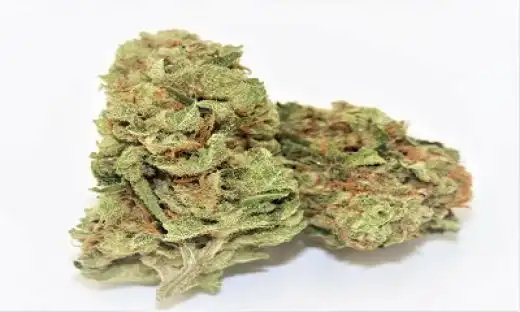

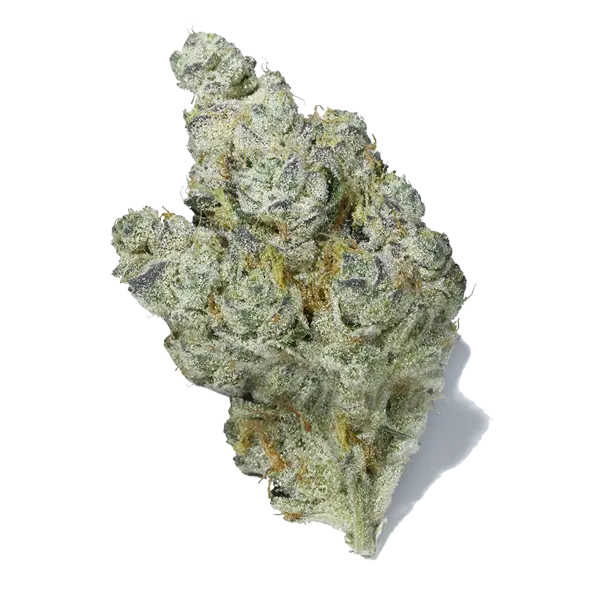

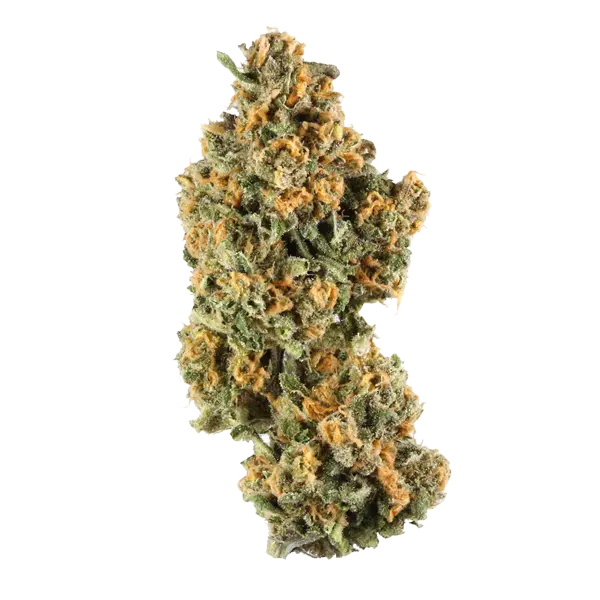
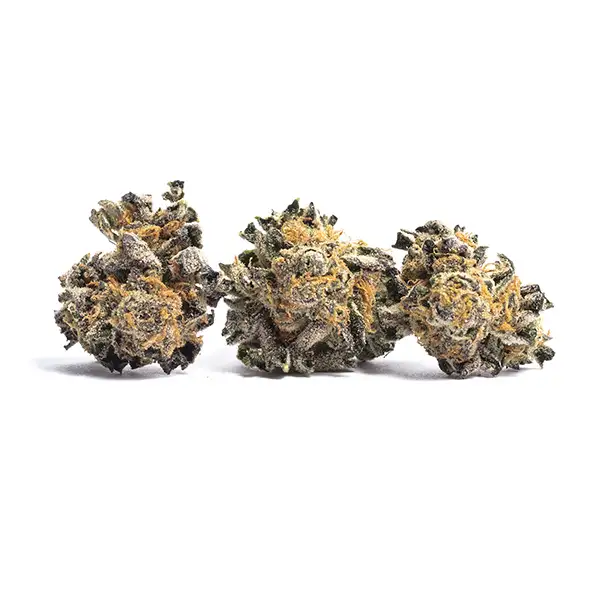
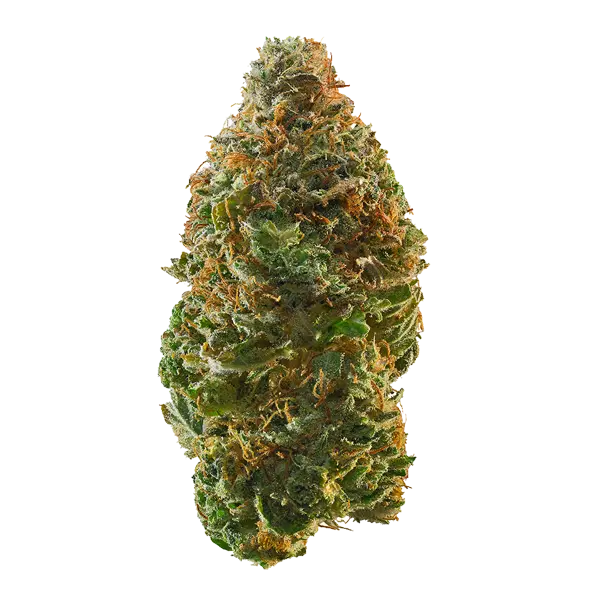
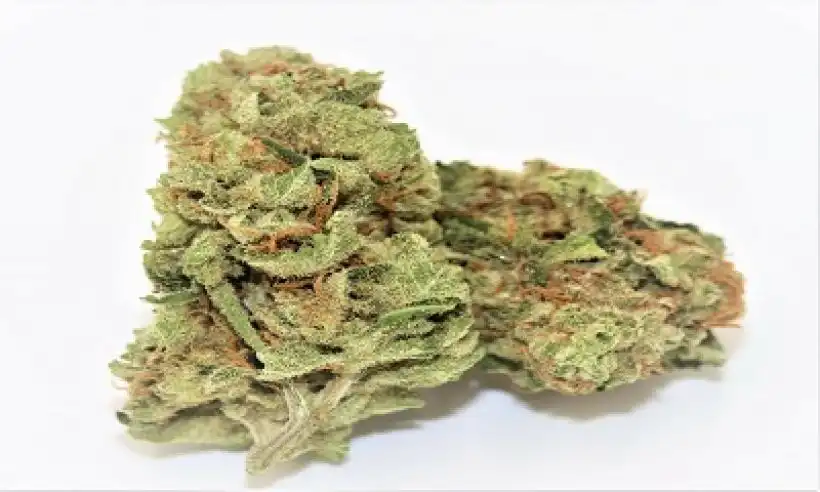
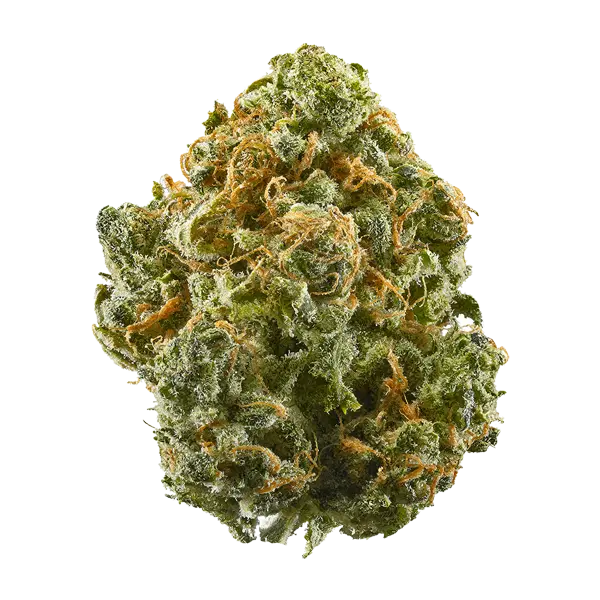
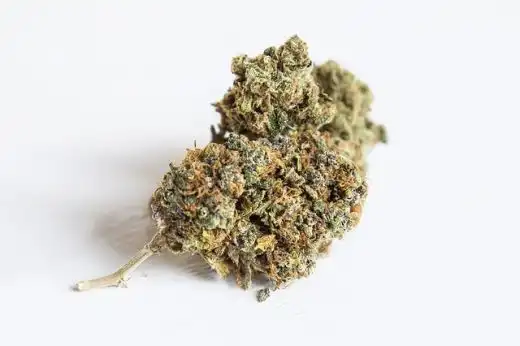
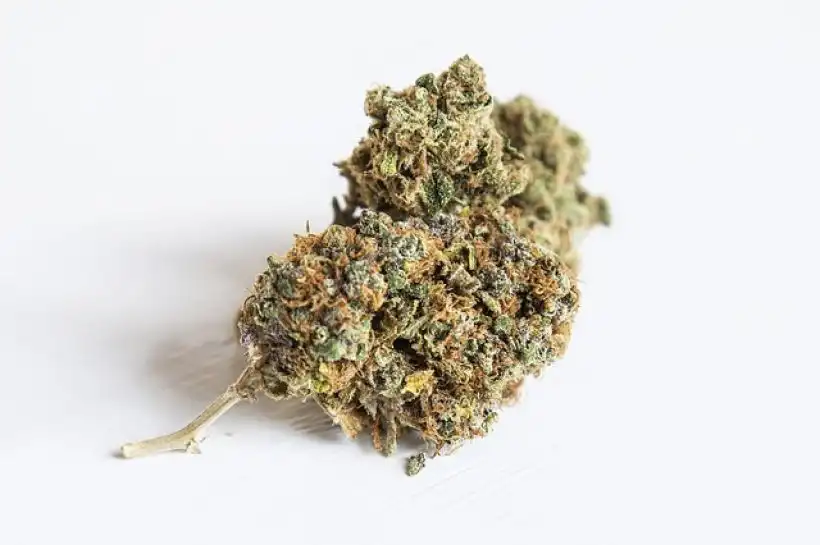
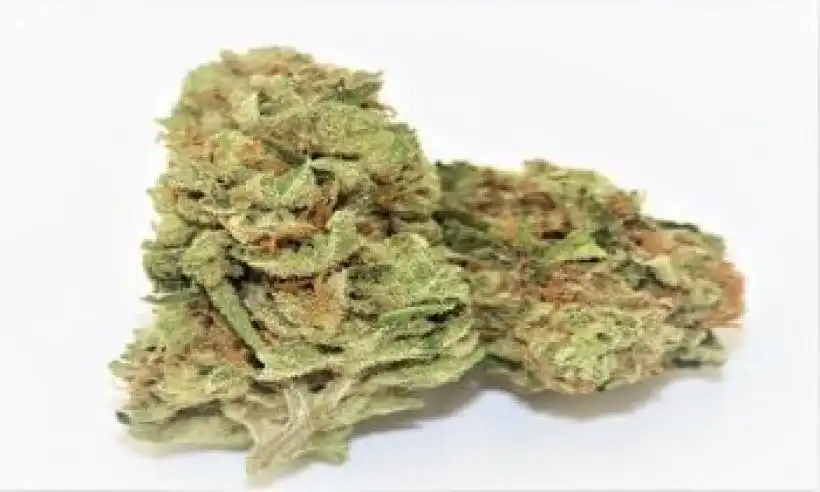

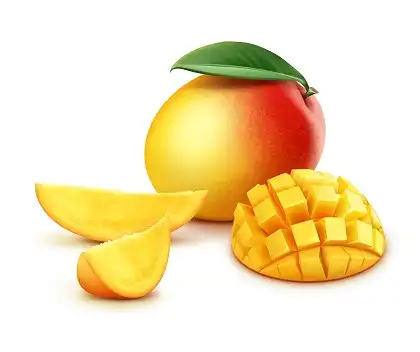
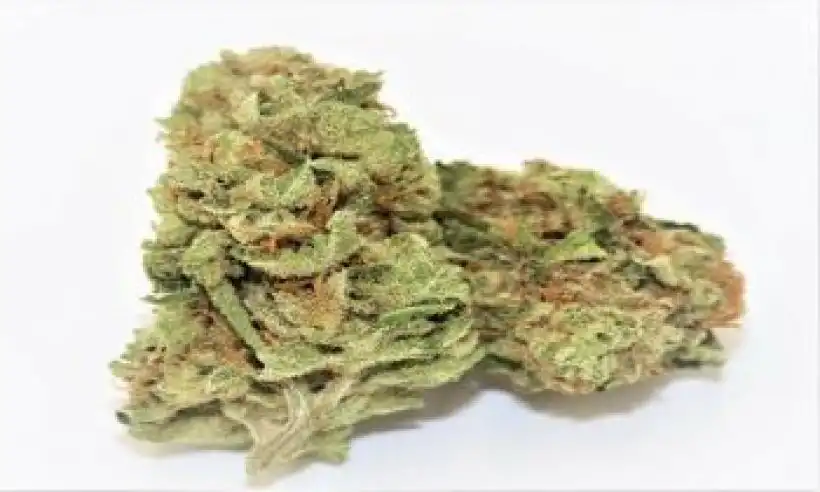
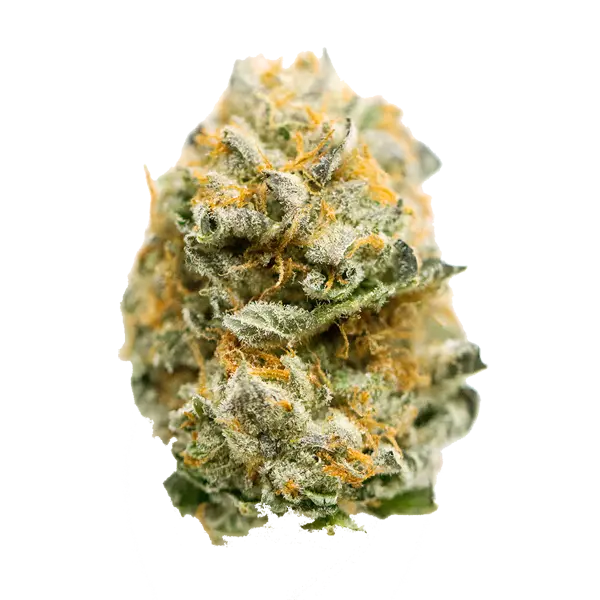
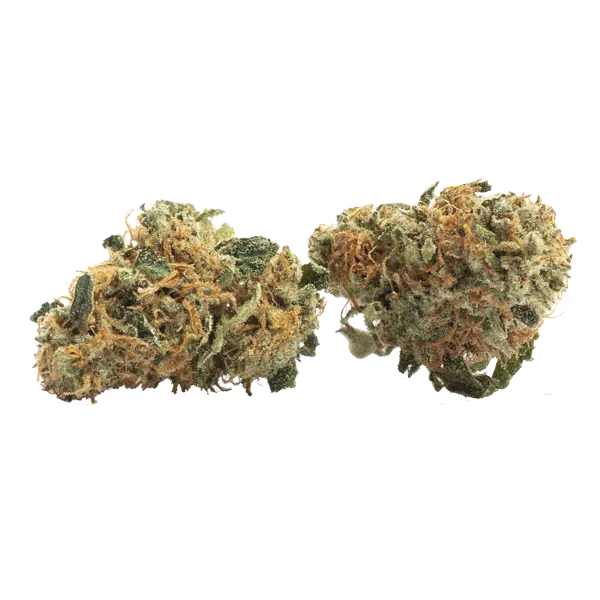
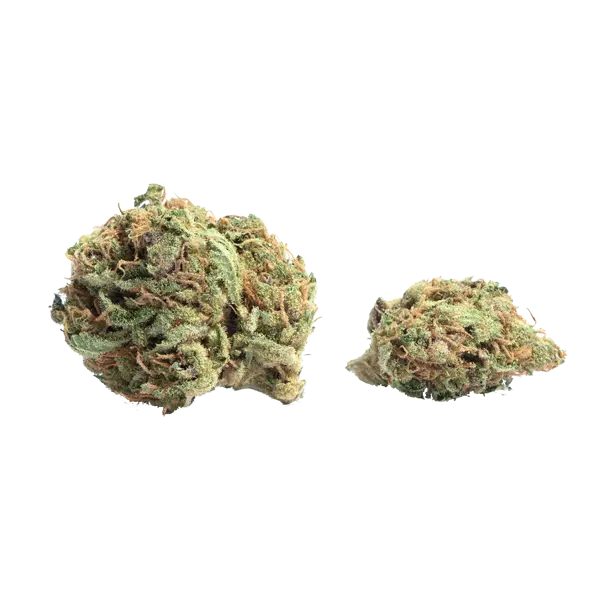
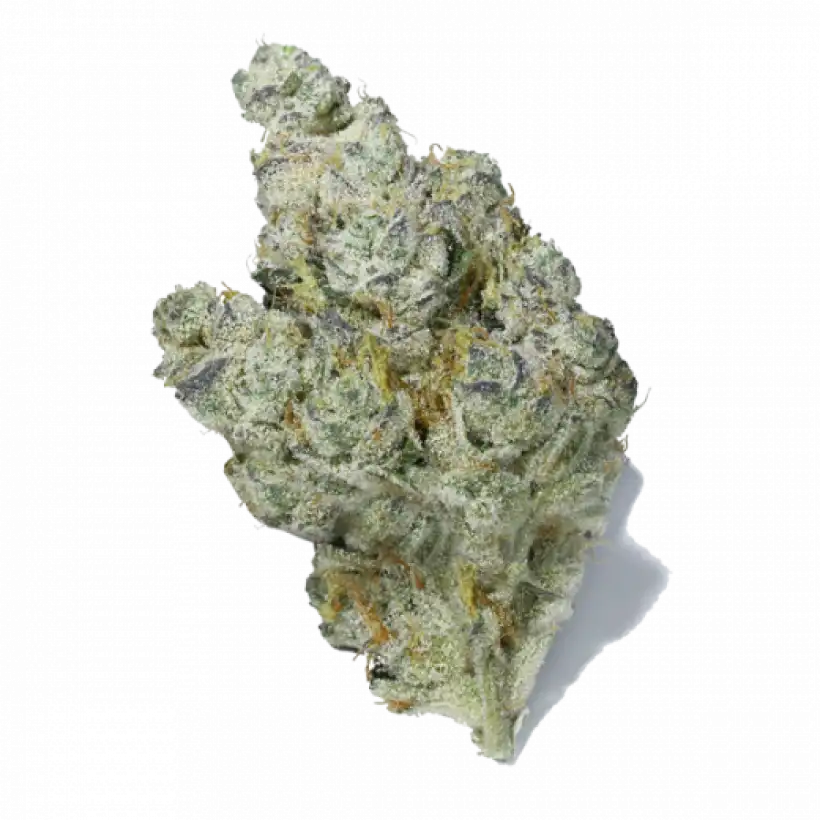
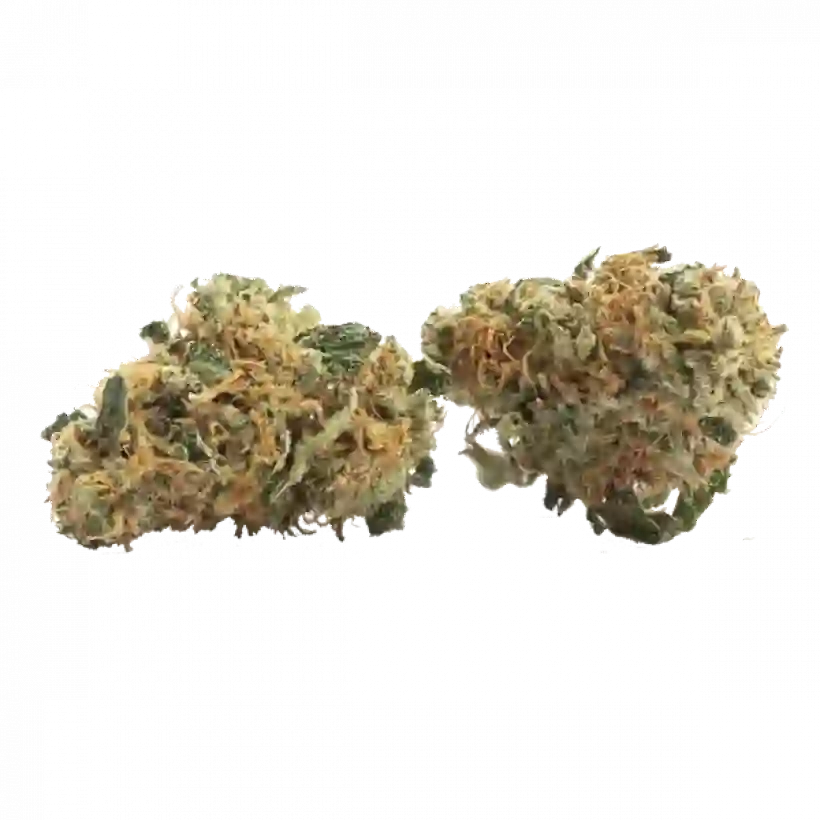
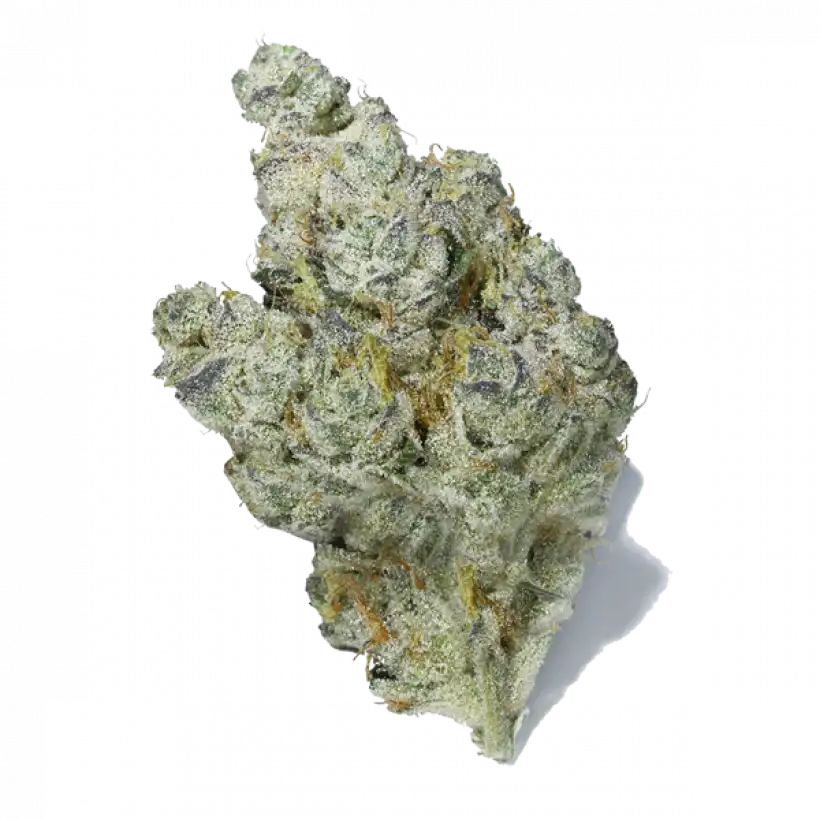

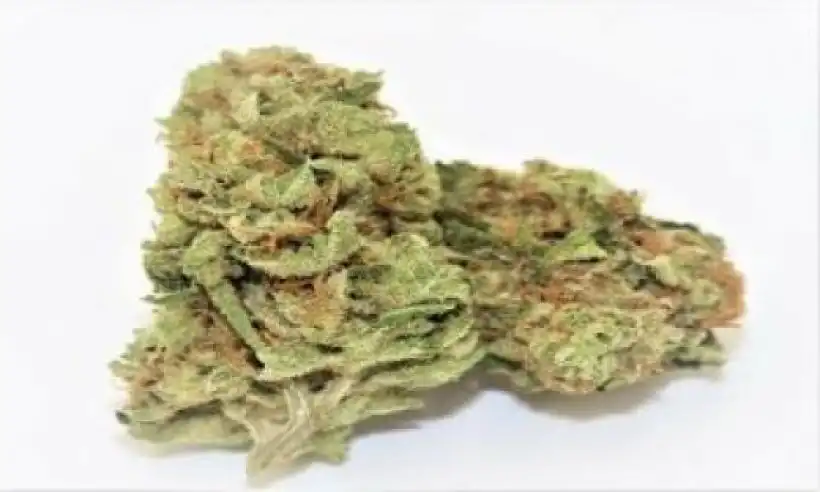
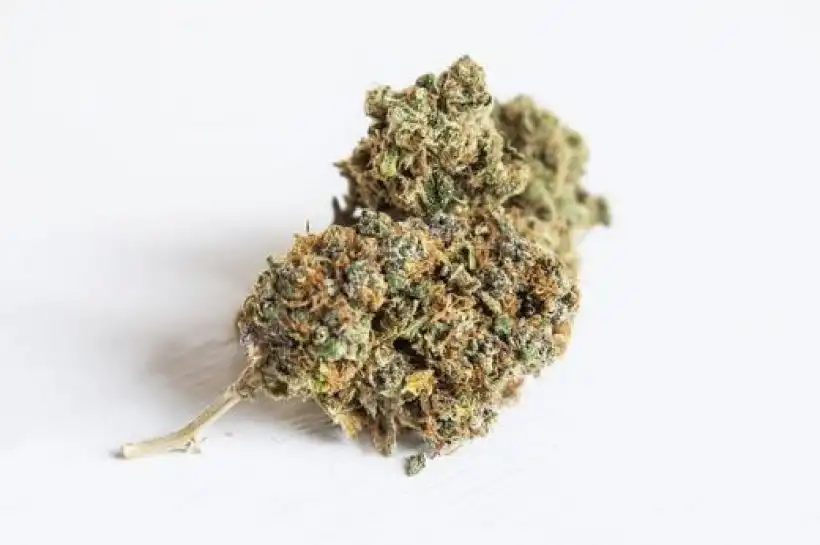

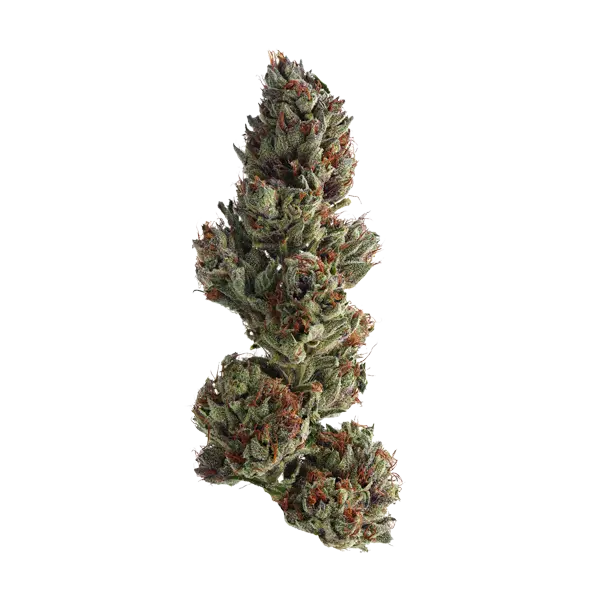
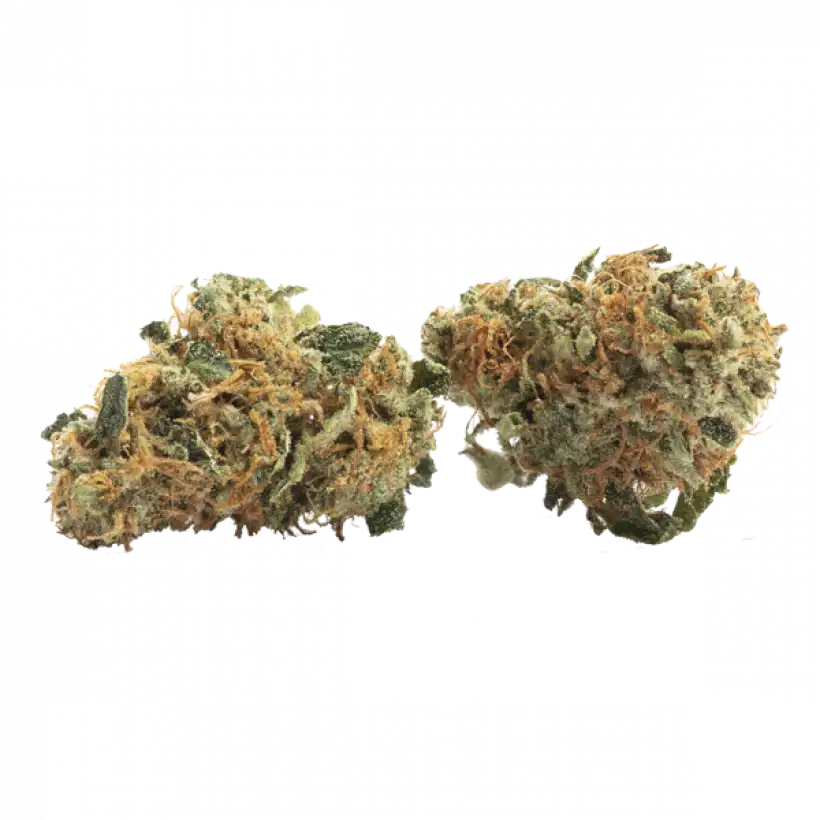
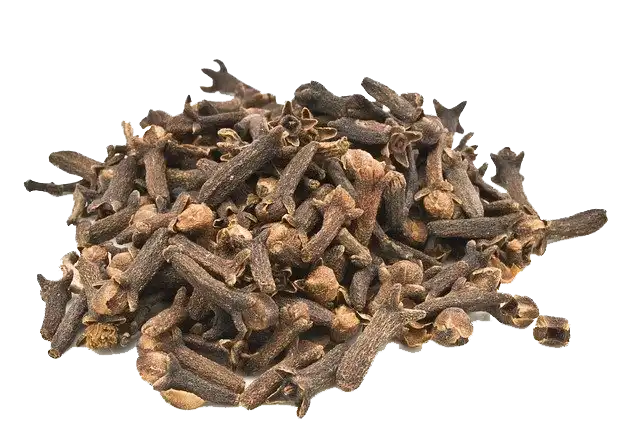
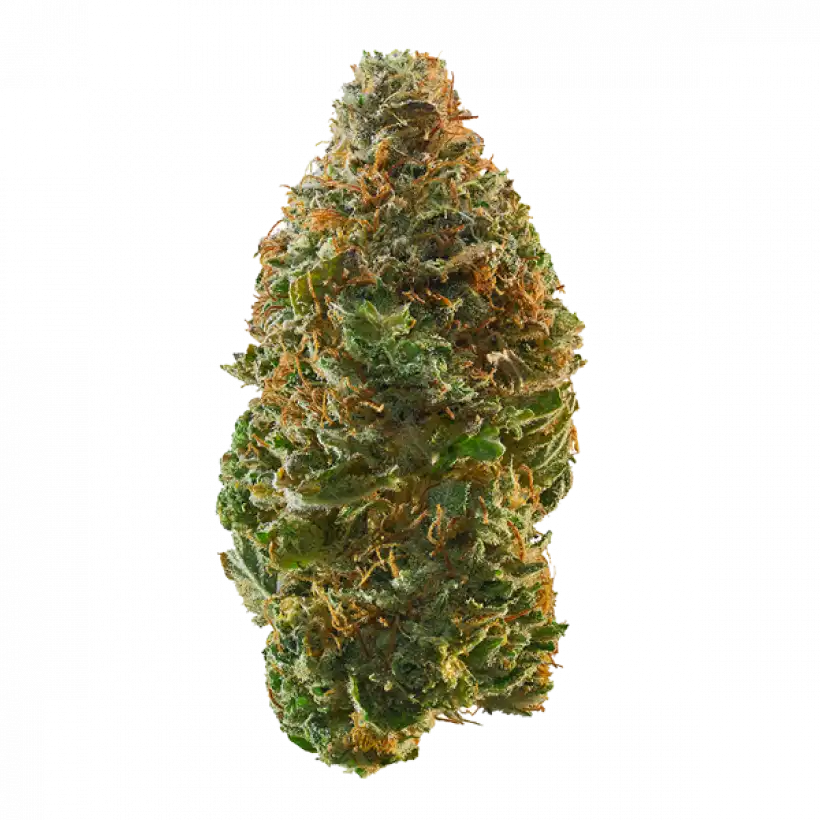
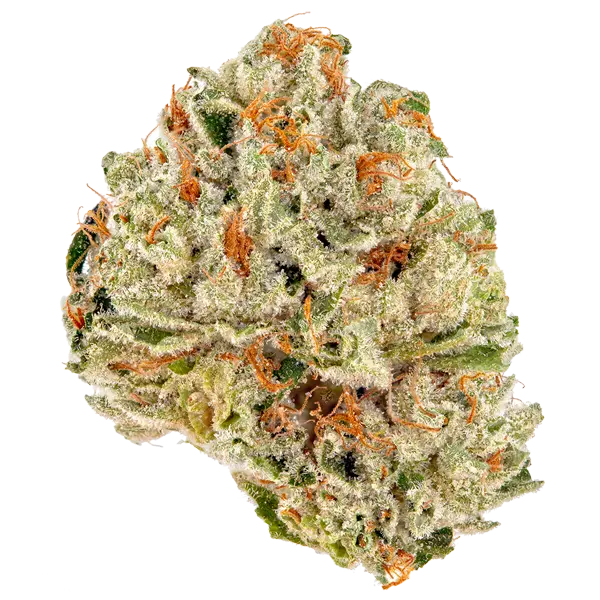
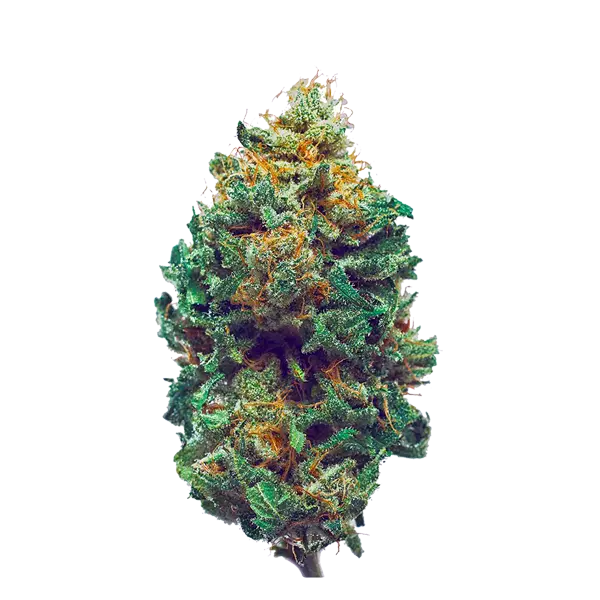
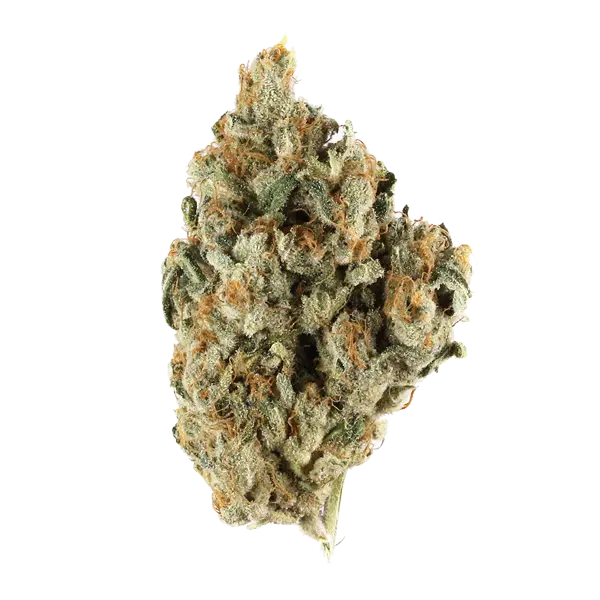
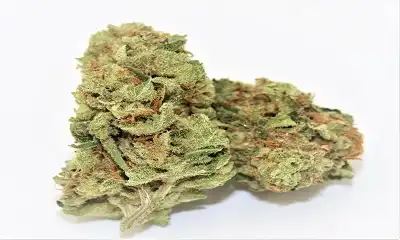
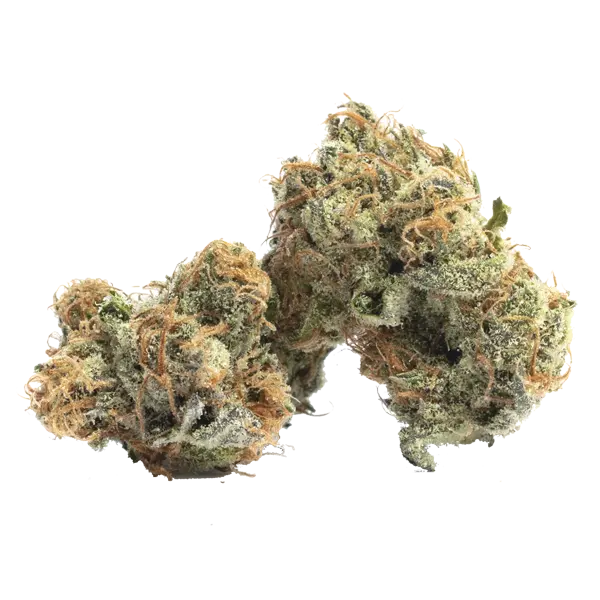
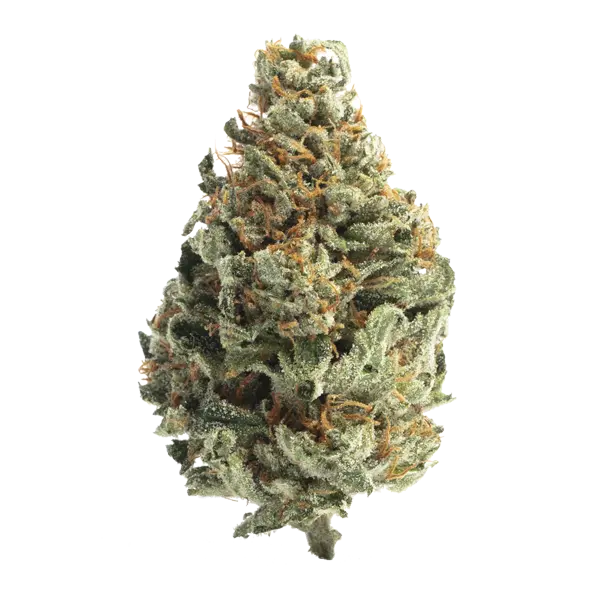
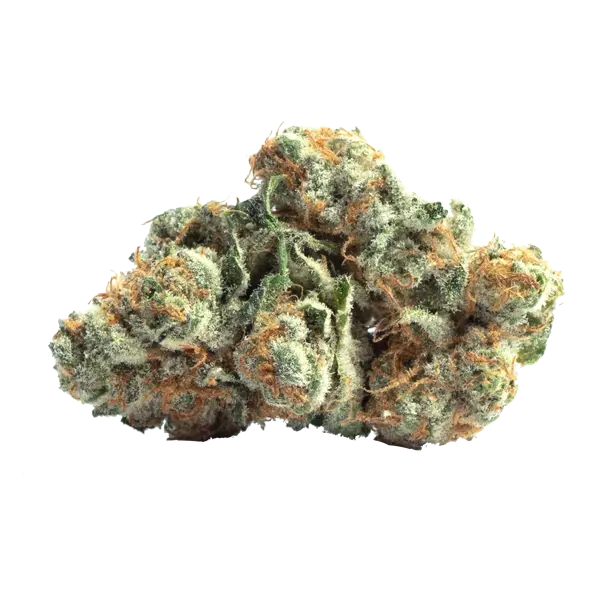
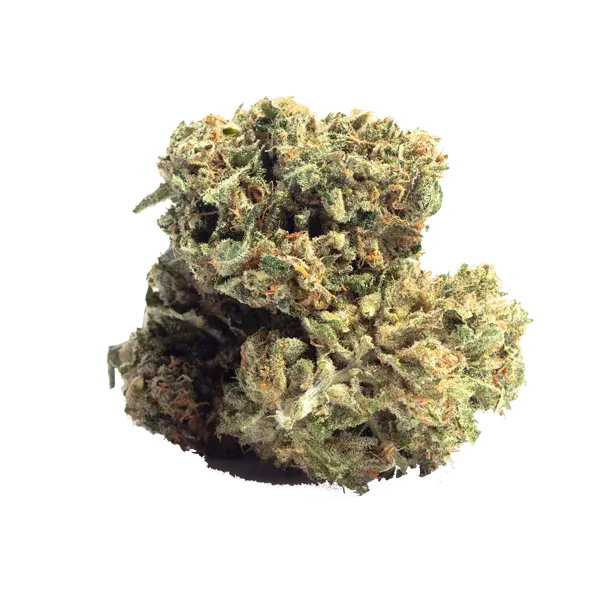

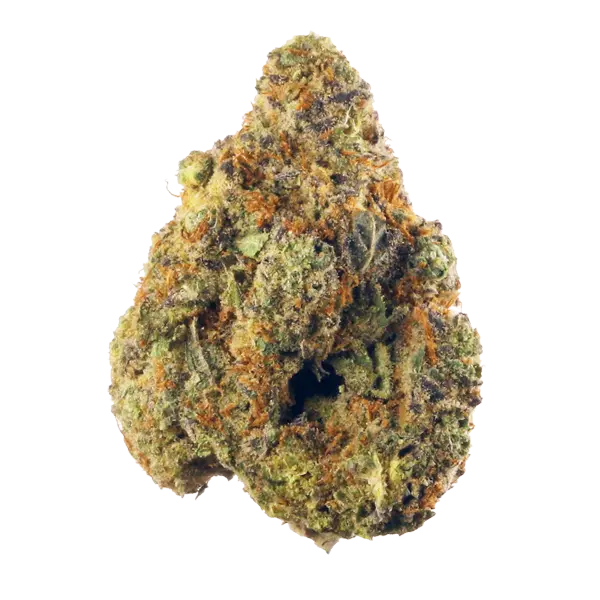
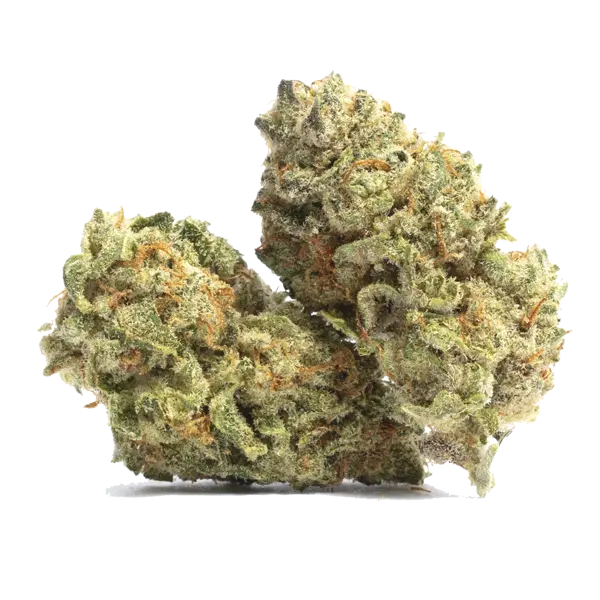

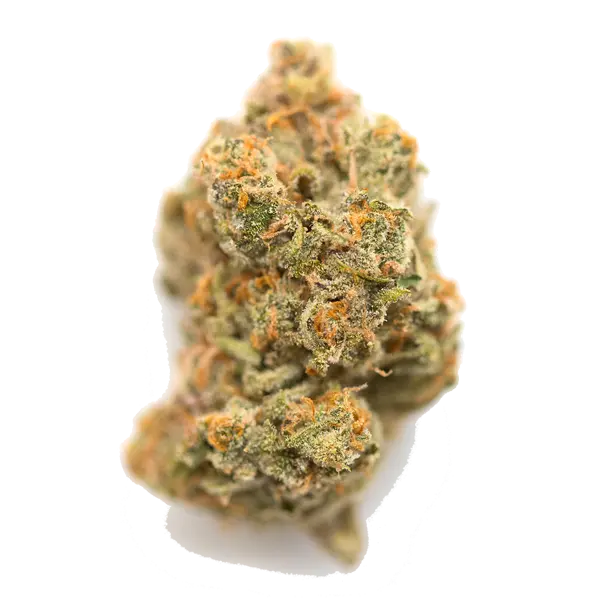

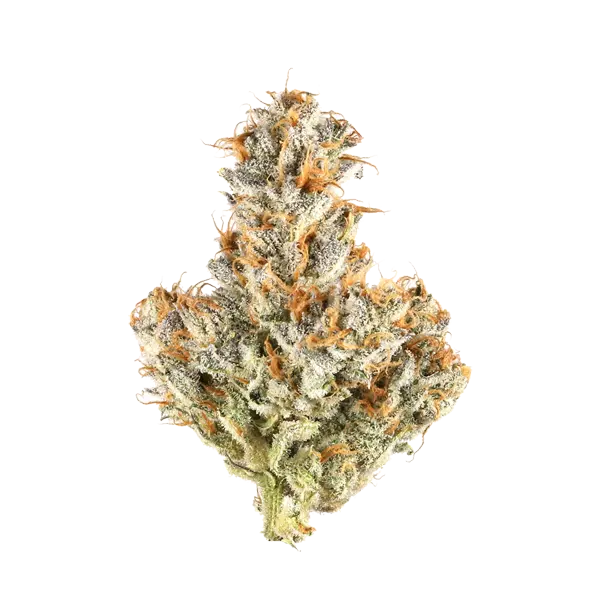
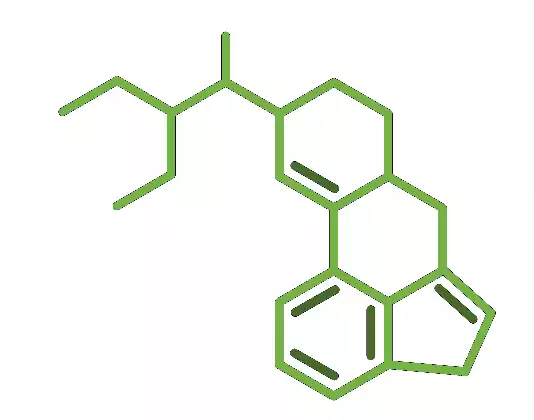


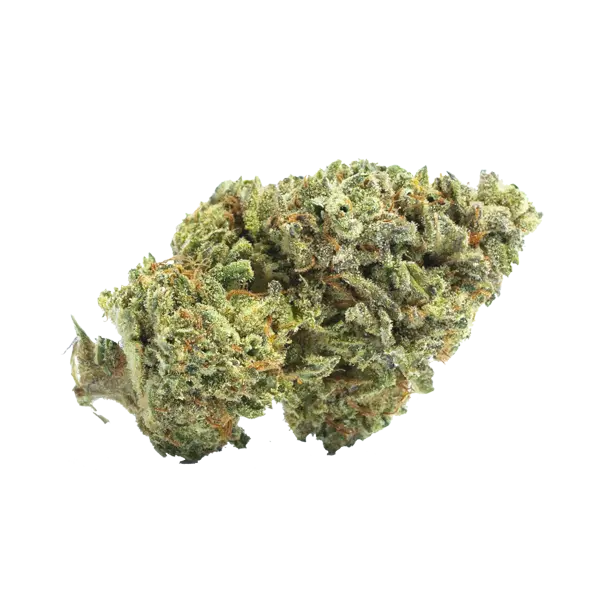
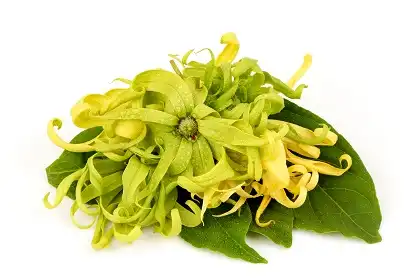
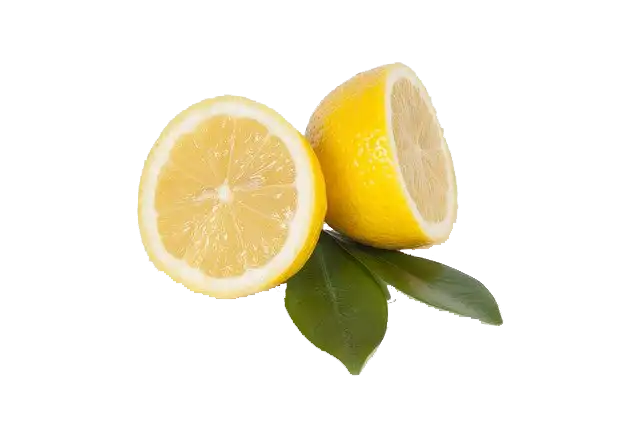

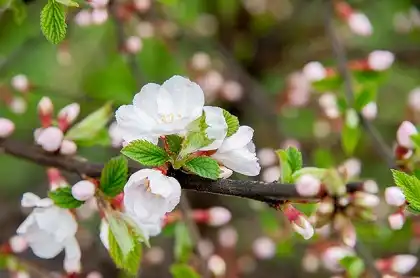
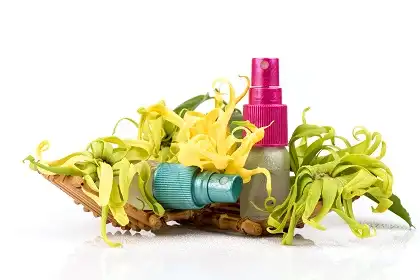



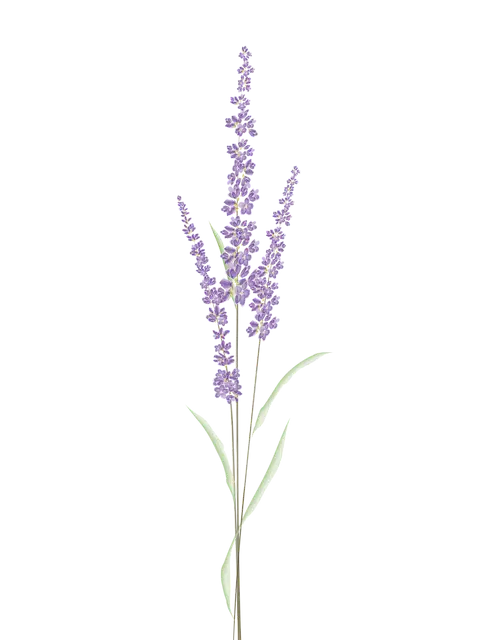


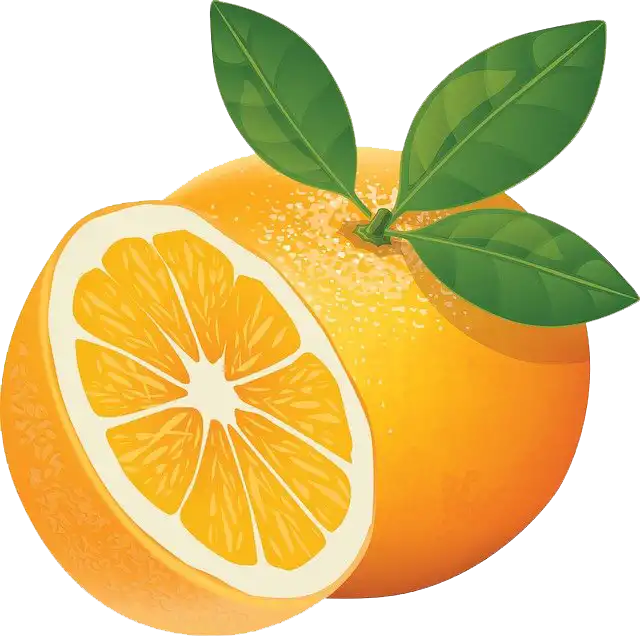

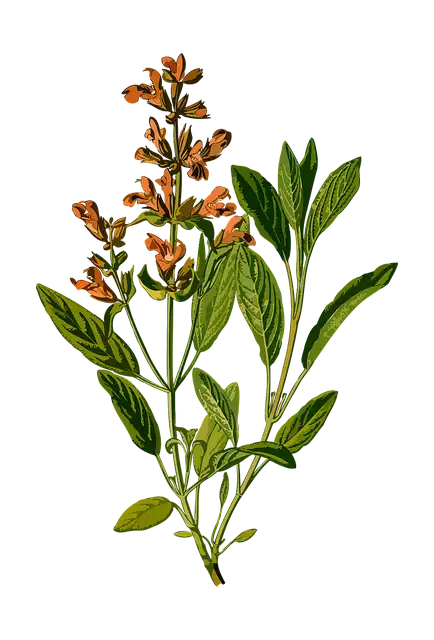

 Black Beauty Strain Information
Black Beauty Strain Information What is Wrong With My Cannabis Plant?
What is Wrong With My Cannabis Plant?








